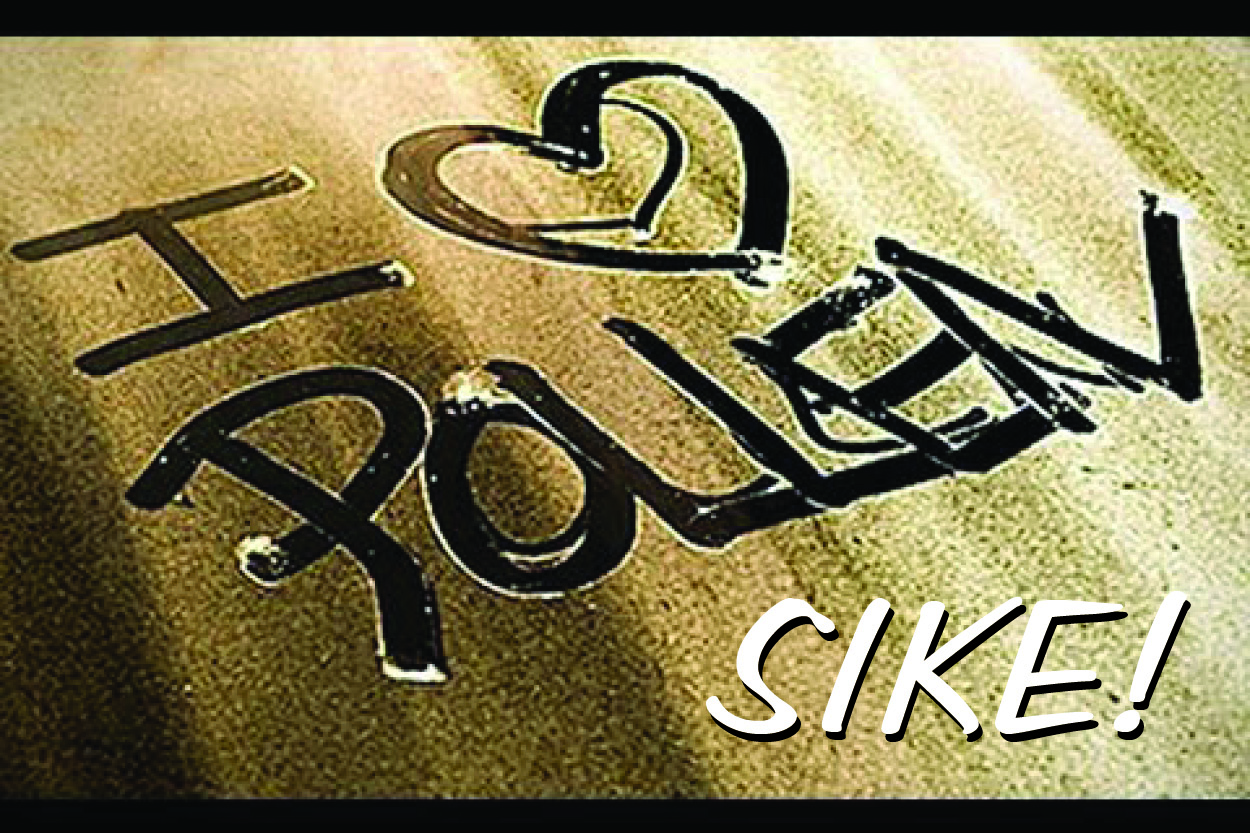
Cleaning Pollen From Outdoor Surfaces
You only have to look outside to know that pollen is everywhere. According to the Houston Health Department, tree pollen is in the red, meaning it's Extremely Heavy. Not only does this play havoc on allergies, but it also leaves its mark on cars, driveways, sidewalks, swimming pools, roofs and gutters. This makes it difficult to even think about being outside to enjoy the weather or hang out by the pool. Here are some tips to making your life a little easier while pollen is trying to make it harder.
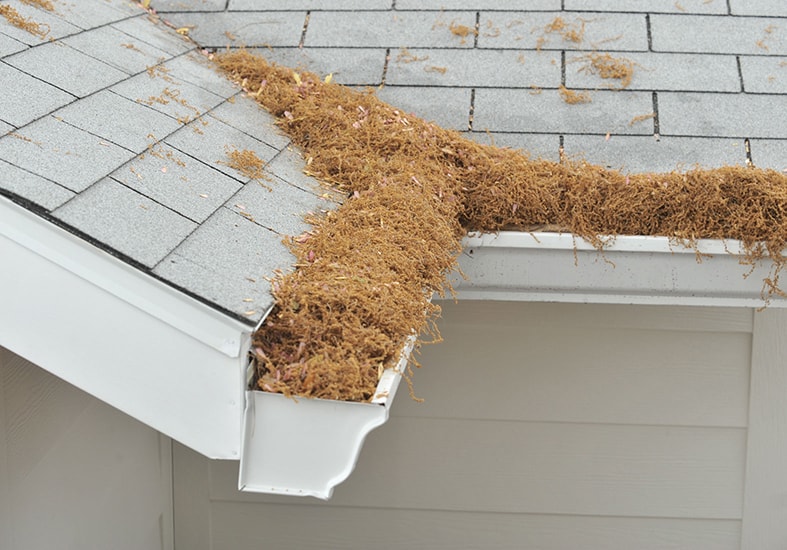
CLEANING OUT GUTTERS
Most trees drop some type of pollen sacks or seeds, or even both. Pollen generally doesn’t cause a whole lot of problems in the gutter system, as it flushes through with the rain. But, if you have clogs in the gutter then it starts to cause issues. Most pollen is acidic. When acidic stuff comes in contact with moisture, they become corrosive. Therefore, standing water in your gutter plus fresh pollen can and will eat away the finish on your gutters. Once the finish is gone, the gutter will rust or corrode. This is a good reason to have your gutters cleaned once pollen season is over. The best time to have this done would be in June.
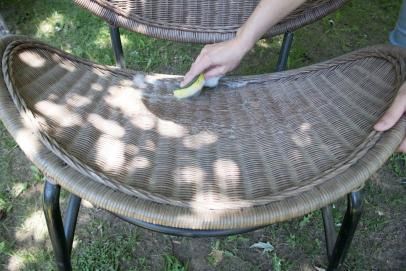
DECKS, PORCHES AND OUTDOOR FURNITURE
Pollen is inevitably going to fall on anything and everything outdoors. Although you could sweep the pollen off surfaces, this could cause it to fly into the air either settling back down around the area you've swept, or fall on you. Aaaa-chooo! Your best option is to use a garden hose to spray down each surface, including furniture. For a deep clean, follow with a wet rag doused in a simple lather of dish cleaner and give the items a good scrub. Towel dry furniture, but be sure to air dry your cushions. Consider starching them afterward to make future cleaning easier. When possible, keep your outdoor furniture covered until ready to use.
Another option for cleaning outdoor surfaces is to pressure wash. You can get most of the evidence of pollen removed with a garden hose outfitted with pressurizing nozzle; however, to really get rid of pollen, a pressure washer will do the job best. Pressure washing blasts dirt, grime, pollen, and anything else caked on or into your sidewalk, driveway, and deck.
Pressure washing also has a restorative effect, which not only makes your deck and walkways look newer but also increases their longevity. If you pressure wash your deck yourself, make sure to use the right PSI and don’t get too close to the wood. Too high of a PSI will cause the wood to splinter. You also want to use a deck cleaner to get mold, mildew, and other accumulated impurities out of the wood. Afterward, your deck is not only clean and free of pollen, but it’s also primed for you to stain if you’d like to.
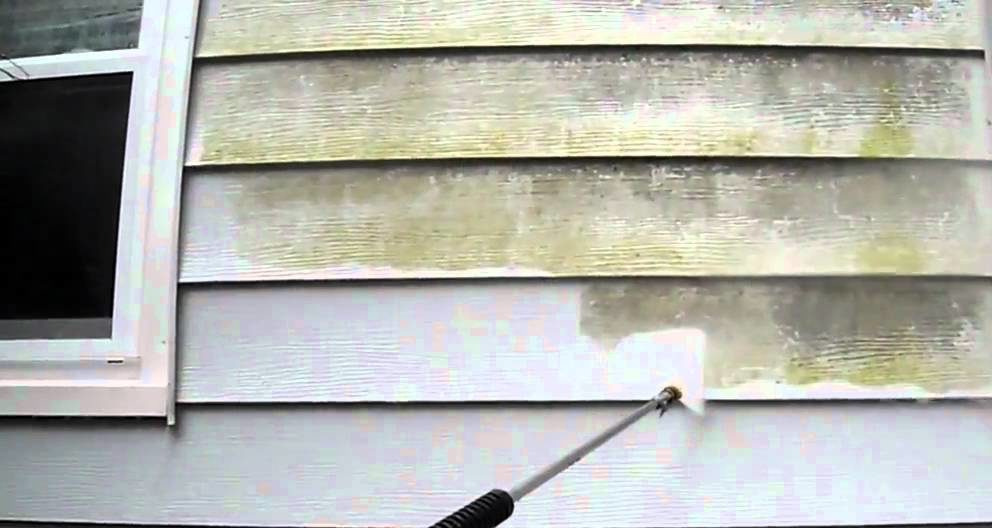
EXTERIOR OF HOME
You can also use a pressure washer to quickly and safely clean your home’s exterior of seasonal pollen. Just as pollen corrodes your car’s paint, so does it your home’s exterior paint. It can also eventually damage wood, vinyl, etc. Again, rinsing pollen away can help, but it’s not necessarily going to get the porous areas entirely clean.
Pressure washing your home is safe and easy on the right setting. Importantly, if you do pressure wash your home, make sure to seal entryways and exits, cover electrical outlets, and don’t use settings too high as you don’t want to damage your home.
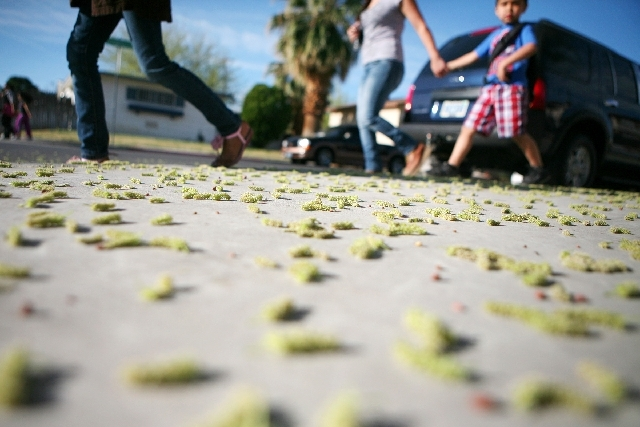
SIDEWALKS
Pollen may not seem like an offending presence on sidewalks. However, if you allow it to gather here, you'll track pollen onto decks, porches and inside the home. To clean it up, use a broom to sweep pollen away or a garden hose to clean the surfaces.
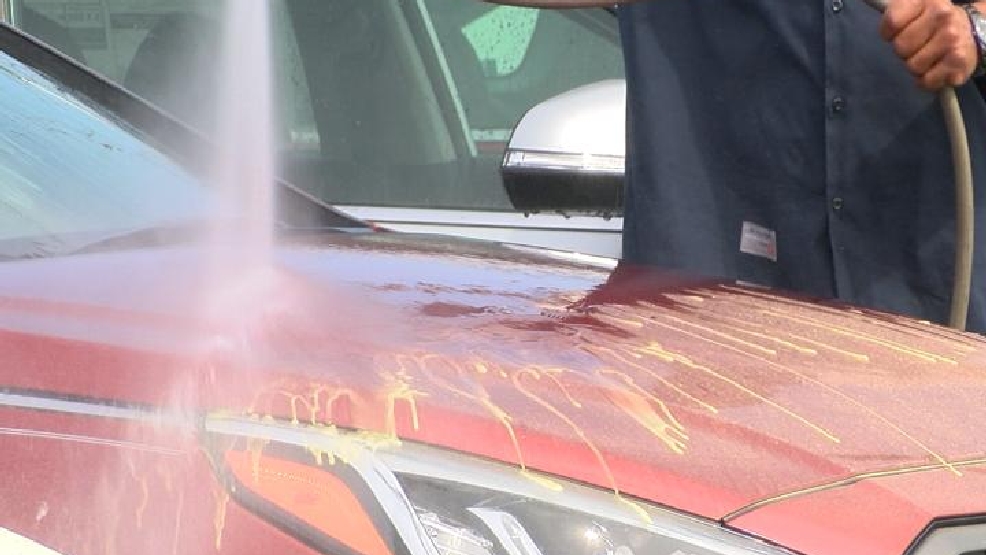
CARS
When it comes to cleaning pollen off your car, simply wiping the car down with a dry cloth won’t do the trick. In fact, it could make things worse. Tiny pollen spores can slip into your car’s paint pore and erode away the paint from there.
The only way to really get pollen off of your car is with a good wash. It’s recommended to go the extra mile and give it a good wax, too, since waxing will create an extra buffer between the pollen and paint and will make it harder for pesky pollen to get into paint pores.
If you have a pressure washer, there are attachments and low-pressure settings that allow you to use power or pressure washer to quickly and safely clean your vehicle. As a general rule, it’s best not to wash at a PSI higher than 1,500 or you’ll risk damaging your vehicle. Also, make sure you have a car washing attachment.









